Summary
Discovering Labbacallee Wedge Tomb
Ireland’s largest wedge tomb, Labbacallee, harbors millennia of history. Its name means “the hag’s bed,” a nod to local lore and the site’s mysteries. Visitors marvel at the structure’s size and its evocative wealth of ancient stories. Nestled near Glanworth, County Cork, Labbacallee offers a tangible connection to Ireland’s Neolithic past. This prehistoric marvel draws scholars and tourists alike, all eager to explore its grandeur and secrets.
Get your dose of History via Email
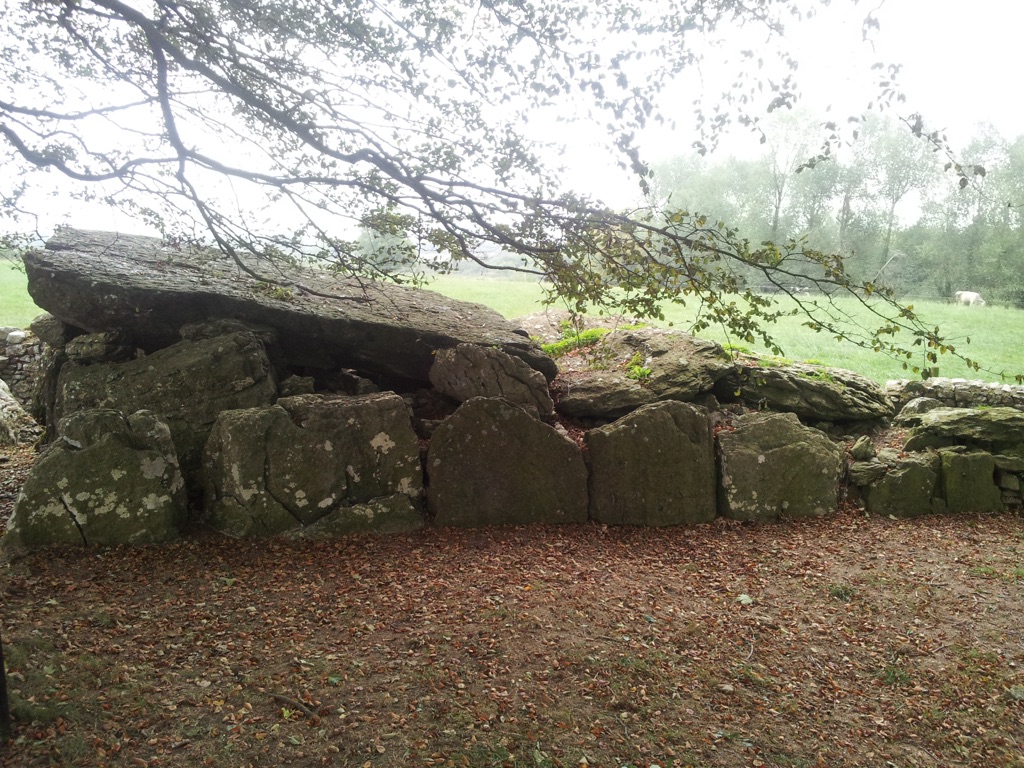
Archaeological Significance of Labbacallee
Labbacallee Wedge Tomb stands as a testament to Neolithic craftsmanship and social practices. The large, single-chambered tomb, made of imposing stones, provides insights into burial customs over 4,000 years ago. Archaeologists value the site for its well-preserved state and the light it sheds on the era’s rituals. Its orientation, with the entrance facing west towards the setting sun, hints at the ancient beliefs. Understanding this site allows us to glimpse the sophistication of prehistoric communities.
Visiting the Timeless Relic
For those seeking to experience Ireland’s heritage, a visit to Labbacallee is a journey back in time. The site’s mystical atmosphere and historical importance make it a captivating destination. As you walk around the tomb, its presence envelops you, offering a unique window into the past. It’s a place where legend and archaeological evidence merge, creating an unforgettable experience. Visitors leave with memories of standing where ancient people once gathered, under the same sky, in a world we can only imagine.
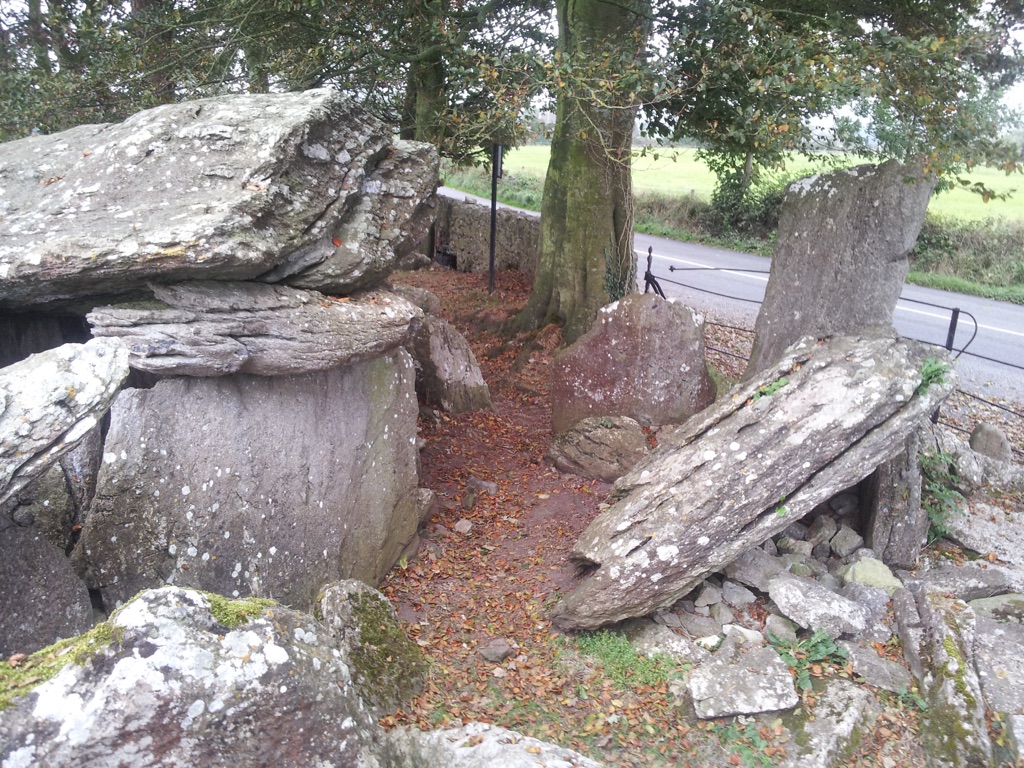
Historical Background of Labbacallee Wedge Tomb
Nestled in Neolithic Times
In the verdant landscape of County Cork, the Labbacallee Wedge Tomb stands as a sentinel to Ireland’s distant past. Its construction dates back to between 2500 and 2000 BC, during the Late Stone Age. This era was a time of cultural complexity, where farming and megalithic architecture flourished. The inhabitants of this period built Labbacallee as a final resting place for the deceased. The tomb’s enduring structure reflects the Neolithic people’s skills and their reverence for the dead.
A Monument of Stones
The Labbacallee Wedge Tomb is notable for its impressive size and construction. Skilled workers carefully arranged the large slabs of stone to form the tomb. They placed these stones without the aid of modern machinery, highlighting their ingenuity. The wedge shape, broader at the entrance and tapering at the back, is a design characteristic of this type of tomb. Labbacallee’s unique angled structure provides insights into the ancient builders’ intentions and abilities.
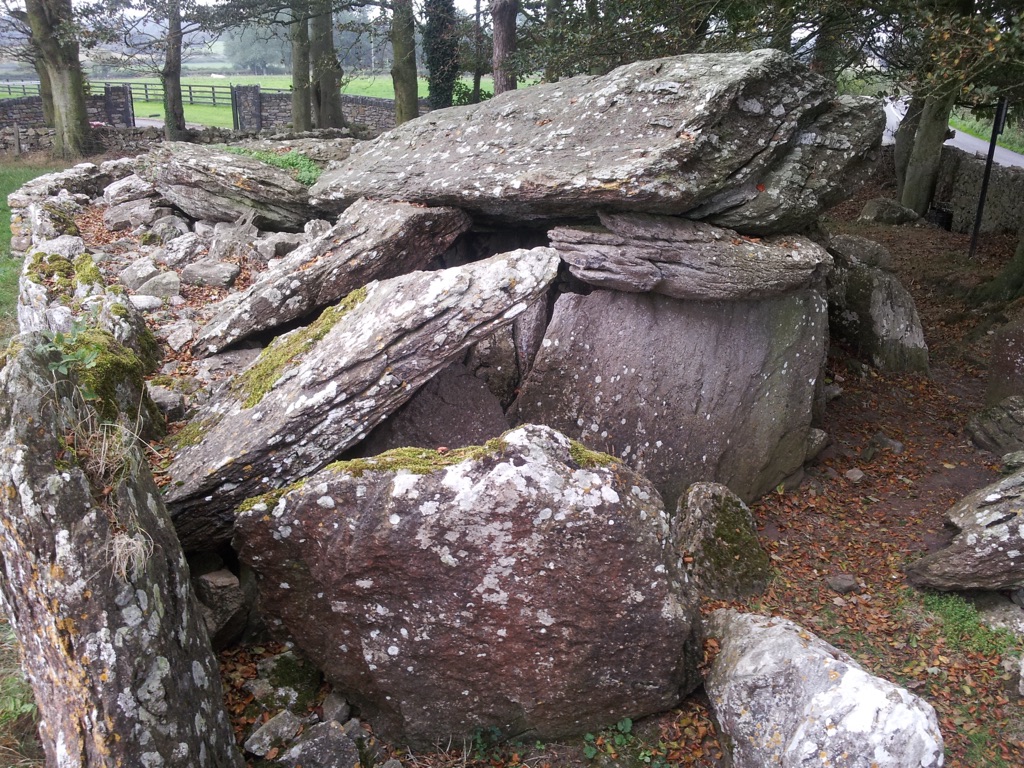
The Lore of Labbacallee
Labbacallee’s name, translating as “the bed of the hag,” ties the site to age-old legends. Such stories weave the tomb into the fabric of local folklore. They speak of a powerful crone, sometimes associated with sovereignty or the land itself. This intertwining of myth and monument enhances Labbacallee’s allure. It adds a layer of cultural significance that captivates those who visit or study the site.
Labbacallee has survived over four millennia, bearing witness to countless generations. The wedge tomb’s preservation allows for archaeological studies that feed our understanding of Neolithic life. These examinations produce valuable information about the social structures and beliefs from thousands of years ago. The site continues to be an exceptional source of learning for historians and archaeologists alike.
Today, the Labbacallee Wedge Tomb is a cherished historical site, cared for and respected. It serves as a poignant reminder of our ancestors’ legacies. Visitors can walk in their footsteps, feeling linked to an era long past but still present in the silent stones. Labbacallee’s atmosphere of mystery and enduring strength draws people from afar. It prompts reflections on time, tradition, and the enduring human spirit.
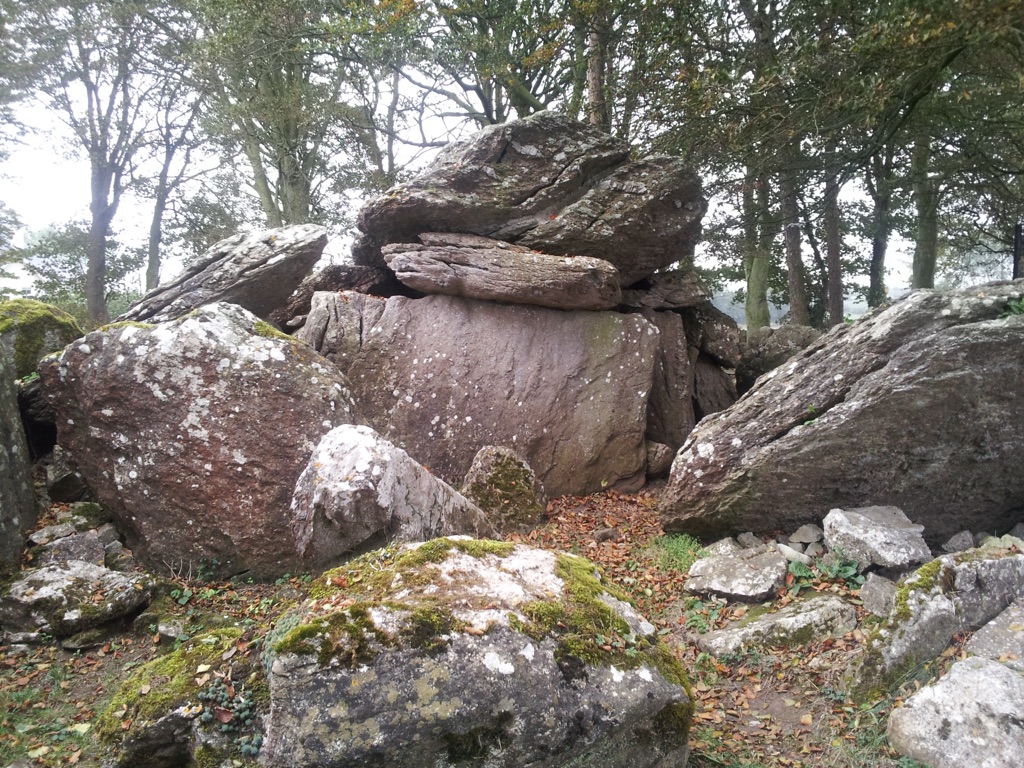
The Discovery of Labbacallee Wedge Tomb
Unearthing a Prehistoric Marvel
In the 1930s, during an era of enthusiastic archaeological discovery, Labbacallee Wedge Tomb was initially examined by experts. This large wedge tomb, unique in its size and structure, caught the attention of researchers. They realized its potential to unlock secrets of the Neolithic period. Credit goes to the investigative spirit of early 20th-century archaeologists. Their efforts brought Labbacallee’s story into the light after centuries of silence.
The First Excavation
Henrietta O’Neill, an eminent figure in Irish archaeology, embarked on a detailed examination of the tomb. With her team, she conducted the first excavation in 1934. Their work uncovered artefacts and human remains. These findings provided a glimpse into the ritualistic and daily lives of Neolithic people. The team’s meticulous records laid the groundwork for ongoing research at Labbacallee.
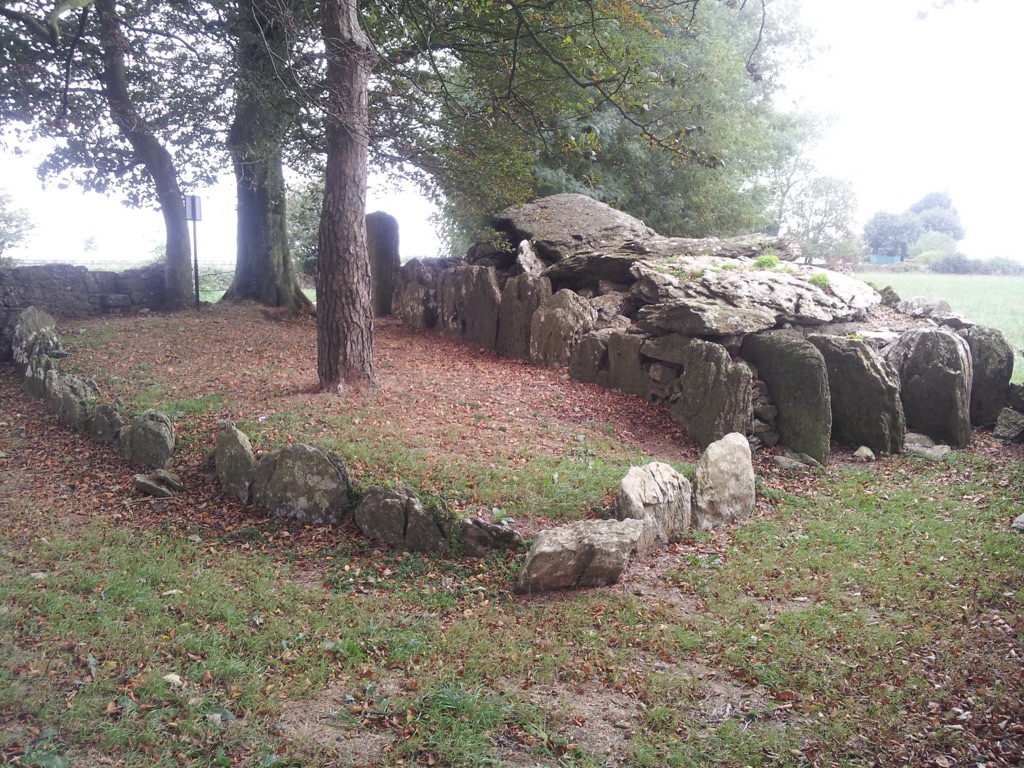
Contributions to Neolithic Understanding
The exploration of Labbacallee proved pivotal in understanding the social structures of the time. The artefacts revealed sophisticated cultural practices. Among the items found were tools, pottery, and evidence of ceremonial activities. Such discoveries have clarified aspects of the Neolithic way of life. They underline its complexity and the considerable capacity for organization and belief systems.
As subsequent studies took place, Labbacallee continued to offer new information. Its well-preserved state allows comparisons with other European Neolithic sites. Today, it stands as a crucial reference point for prehistoric studies. Each layer unearthed contributes to a broader narrative of the period.
The tomb’s revelation to the modern world has had lasting impacts beyond academia. For the people of Ireland, it reinforces a sense of cultural heritage and identity. It is a marvel for both locals and visitors, serving as a bridge between the present and a distant, shared past. This connection has helped conserve the tomb for future exploration and education.
Cultural Significance, Dating methods, Theories and Interpretations
Unlocking Time Through Dating Methods
To date Labbacallee Wedge Tomb, archaeologists typically rely on radiocarbon dating. This method measures the decay of carbon isotopes in organic materials. Items found within the tomb have been tested, revealing timelines. Thus, the tomb’s construction is placed between 2500 and 2000 BC. Such precision helps us contextualize the site within human history. It offers a clearer understanding of the era’s chronological framework.
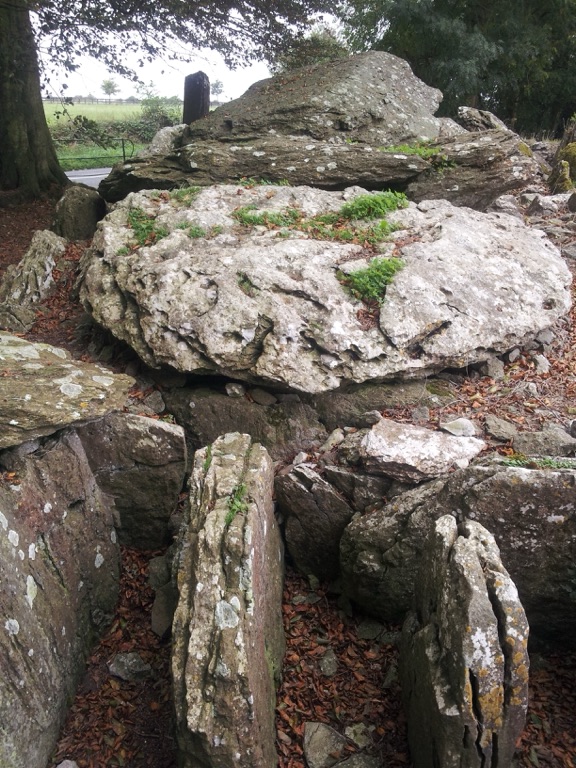
Interpreting Ancient Rituals
The design and artefacts of Labbacallee hint at its use for ceremonies. The alignment with the sun suggests a connection to seasonal cycles and perhaps farming rituals. Theories propose that tombs like Labbacallee served as a means to honor ancestors. They may have helped communities cope with the mysteries of life and death. These practices likely strengthened social cohesiveness and shared beliefs.
Linking Stones to Society
The tomb’s cultural significance is undeniable. It signals the Neolithic people’s valuing of their kin and customs. As Ireland’s largest wedge tomb, Labbacallee stands as a monument to communal effort. It represents the social structures capable of mobilizing large-scale projects. The tomb’s very existence speaks to the significance these ancient people placed on commemorating their dead.
Debates continue on the precise use and meaning of Labbacallee. Some scholars suggest it was a focal point for community gatherings or a territorial marker. Others assert its role was strictly funerary. Current interpretations lean heavily on comparative analyses with similar sites. They also draw on ethnographic parallels from cultures with enduring megalithic traditions.
Thus, Labbacallee Wedge Tomb is a puzzle that slowly yields its secrets. It invites us to question and explore the beliefs and lives of those who built it. The site remains a subject of fascination for both academics and the broader public. Its lasting importance is a testament to its creators and the cultural heritage they left behind.
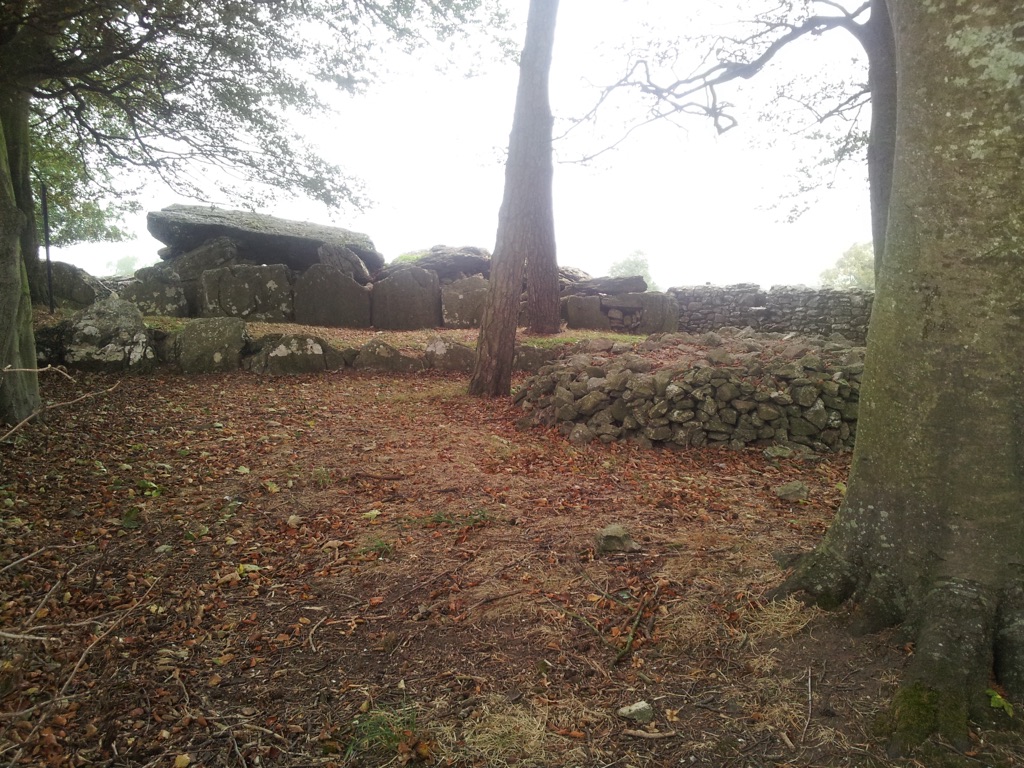
Conclusion and Sources
In exploring the historical site of Labbacallee Wedge Tomb, we’ve delved into a chapter of Neolithic Ireland. The tomb’s construction methods, cultural significance, and the theories around its use have offered invaluable insights. While the precise details of its origins and functions are still debated, the impact of Labbacallee on our understanding of prehistoric Ireland is immense. The tomb remains a monument to the ingenuity and spiritual life of our ancestors. As an archaeological site, it continues to invite curiosity and scholarly inquiry. The stones of Labbacallee hold stories of a past that paved the way for future generations. It’s a narrative written in earth and stone, still unfolding beneath the Irish skies.
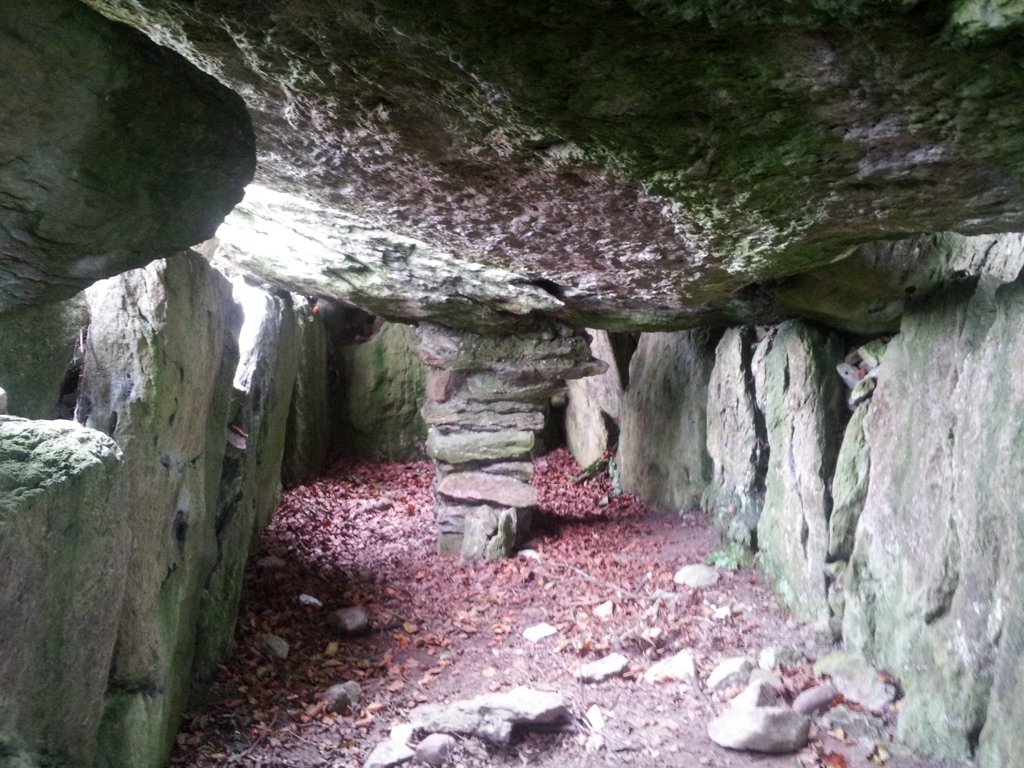
For further reading and to validate the information presented in this article, the following sources are recommended:
Or you can check any of these reputable archaeological and historical texts:
O’Kelly, M.J. (1989). ‘Early Ireland: An Introduction to Irish Prehistory’. Cambridge University Press.
Cooney, G. (2000). ‘Landscapes of Neolithic Ireland’. Routledge.
Waddell, J. (1998). ‘The Prehistoric Archaeology of Ireland’. Galway University Press.
Jones, A. (2004). ‘Archaeological Theory and Scientific Practice’. Cambridge University Press.
Mallory, J.P., & McNeill, T.E. (1991). ‘The Archaeology of Ulster’. Dufour Editions.
